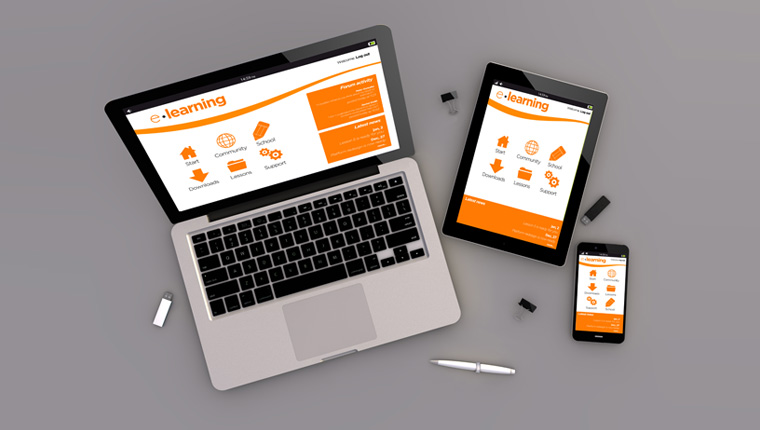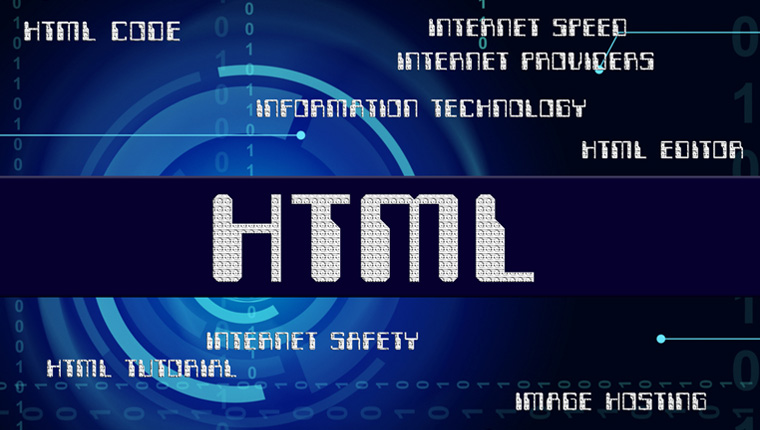Converting Flash to HTML5: Why are Authoring Tools the Best Choice?

We know the reign of Flash is over and global companies today are set to convert their Flash-based courses to the HTML format. Discontinuation of Flash post 2020 and the proliferation of mobile phones makes Flash to HTML5 conversion the need of the hour. There are two ways of going about converting Flash to HTML5. You can either convert courses using pure HTML coding or go about converting Flash to HTML5 using authoring tools that give HTML5 output.
Why should you go about converting Flash to HTML5 with authoring tools? 3 top reasons
- Make courses multi-device and multi-browser compatible
- Update courses efficiently, with latest content and instructionally
- Effortlessly translate courses into multiple languages
HTML5 coding is preferred when you need to develop a smaller number of courses with high-end personalized features. However, converting Flash eLearning using pure HTML5 coding is a time and cost consuming process which demands highly skilled professionals. Organizations that have a requirement of converting Flash to HTML5 prefer authoring tools over HTML5.
All major authoring tools such as Articulate Storyline, Adobe Captivate, iSpring Suite, and Lectora Inspire provide HTML5 output. Converting Flash to HTML5 with the click of the mouse, leverages best-in-class authoring tools, thus making the conversion process a cake walk. In addition to providing HTML5 output, these rapid authoring tools help you leverage the opportunity to revamp your Flash-based courses with the latest eLearning strategies and trends.
Would you like to translate your Flash-based courses into multiple languages? Do you want to make your old courses instructionally sound? Rapid authoring tools with their responsive templates and inbuilt content libraries accomplish effective revamping, a requisite that’s clearly apart from simple Flash to HTML5 migration.
Top Reasons for Converting Flash to HTML5 Using Authoring Tools
1. Ensure courses are multi-device and multi-browser compatible
Modern-day learners prefer accessing eLearning courses online on devices of their choice and convenience. However, Flash courses cannot be played on iPads, laptops, smartphones (iPhone and Android) or on the latest version of Android tabs.
By converting Flash to HTML5 format using authoring tools, the responsive feature of HTML5 will make eLearning courses accessible to learners on their mobile devices.
Authoring tools that itemize multiservice compatibility
Articulate Storyline 360 with HTML5 output and the responsive player option helps develop high quality eLearning courses that can be accessed on any device, irrespective of screen size and orientation.
Similarly, Articulate Rise, a web-based tool from the Articulate family helps you build inherently responsive eLearning courses online that adapt automatically to every device.
Adobe Captivate 2019 Release is another fully responsive eLearning tool. The ‘fluid box’ feature of Captivate automatically aligns the course to the screen size of every learner’s device.
The modest learning curve of these authoring tools helps novice eLearning developers with minimal programming skill swiftly convert Flash-based eLearning courses into the device-agnostic HTML5 format.
2. Update courses efficiently
Converting Flash to HTML5 using authoring tools is an excellent opportunity to update your eLearning courses. There are two ways you can update your Flash courses:
- Update content with latest policies, industry trends and case studies
- Update the course instructionally
Imagine, over the years your course content has become obsolete and requires significant updates. The ‘Redesign’ conversion method helps you develop the course from scratch using a rapid authoring tool and take a new perspective on the content, with the latest instructional strategies such as microlearning and simulation-based learning.
For example, by redesigning a course using Articulate Storyline, you can incorporate the latest ‘dial and slider’ interactivity feature of the tool in your Flash-based course, facilitating a more immersive learning experience.
In a different context, if you have Flash-based courses developed in the previous version of an authoring tool and would like to upgrade it using the latest features of the same tool, you can reprogram and ‘Republish’ the course for HTML5 output using the respective tool.
3. Effortlessly translate courses into multiple languages
The translation process of a Flash-based course consumes a lot of time to extract content, insert it in a standard template, and then manually replace the translated content in the course.
For eLearning translation requirements while converting Flash to HTML5, thanks to authoring tools with HTML5 export support, the translation process is simplified. These tools help quickly deliver perfectly translated eLearning courses on time to learners in their native languages.
The multi-language publishing option of these authoring tools help you export all course content that needs translation by a single click to the ‘RTF format’ – universally used by any translation vendor. Once translated, the translated text can be integrated in the course and published to the HTML5 format.
Thus, as discussed above, there are many authoring tools in eLearning market that provide HTML5 output. Furthermore, these tools help redesign your old eLearning courses, ensuring that they meet the learning requirements of modern learners.
We have already discussed two methods of converting Flash to HTML5 using authoring tools – Redesign and Republish. Record and Rebuild are the other two recommended methods of conversion. Would you like to know more about these different methods of converting Flash to HTML5 with authoring tools? Take a look at this eBook to know the 4Rs of Flash to HTML5 conversion and how they work.





